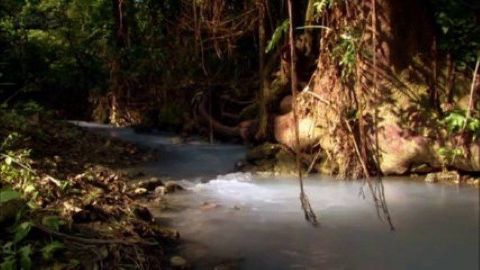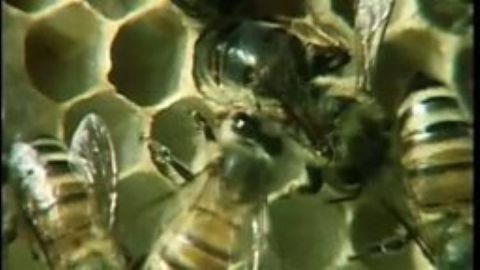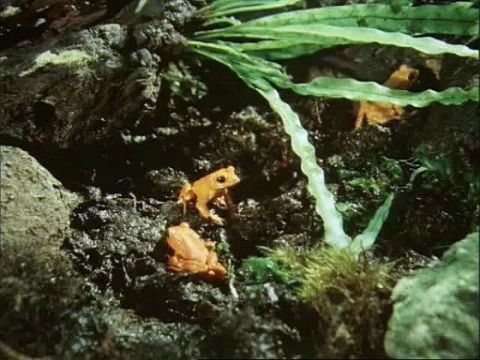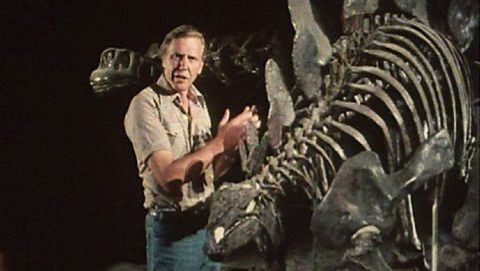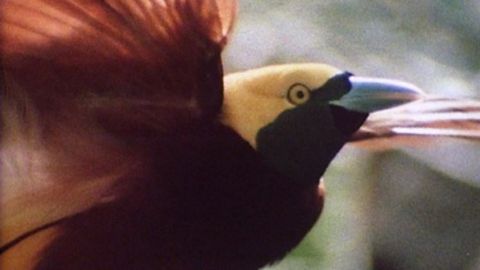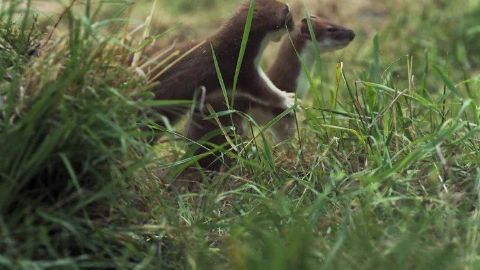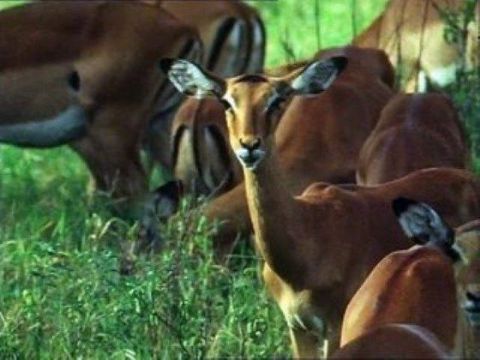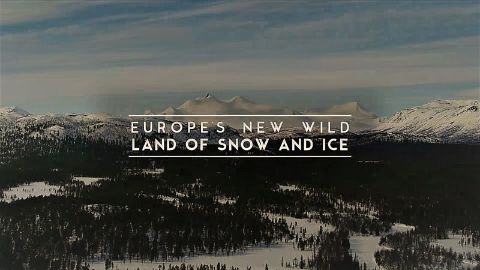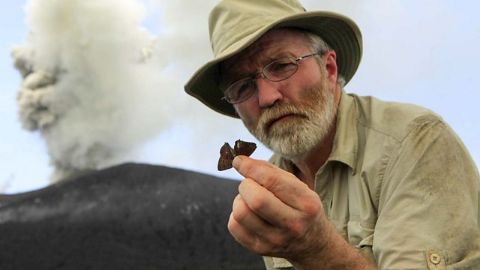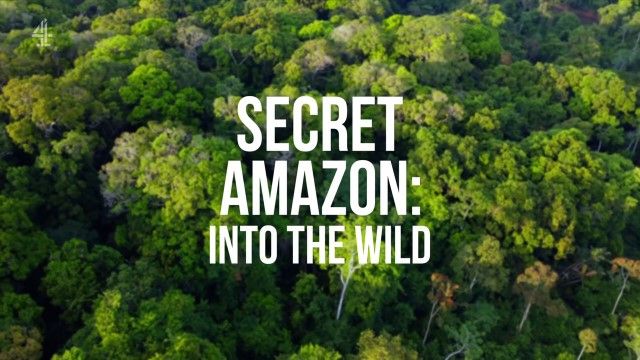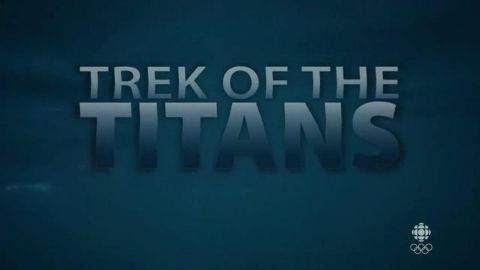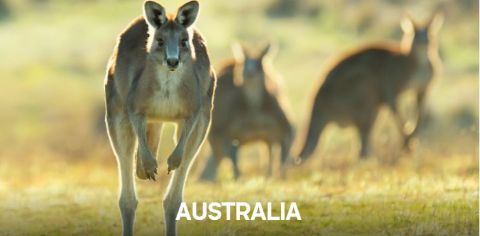Theme and Variation • 1979 • episode "10/13" • Life on Earth
This episode continues the study of mammals, and particularly those whose young gestate inside their bodies. Attenborough asks why these have become so varied and tries to discover the common theme that links them. Examples of primitive mammals that are still alive today include the treeshrew, the desman and the star-nosed mole. Insect eaters vary enormously from the aardvark, giant anteater and pangolin to those to which much of this programme is devoted: the bats, of which there are nearly 1,000 different species. These took to flying at night, and its possible that they evolved from treeshrews that jumped from tree to tree, in much the same way as a flying squirrel.
Make a donation
Buy a brother a hot coffee? Or a cold beer?
Hope you're finding these documentaries fascinating and eye-opening. It's just me, working hard behind the scenes to bring you this enriching content.
Running and maintaining a website like this takes time and resources. That's why I'm reaching out to you. If you appreciate what I do and would like to support my efforts, would you consider "buying me a coffee"?
Donation addresses
BTC: bc1q8ldskxh4x9qnddhcrgcun8rtvddeldm2a07r2v
ETH: 0x5CCAAA1afc5c5D814129d99277dDb5A979672116
With your donation through , you can show your appreciation and help me keep this project going. Every contribution, no matter how small, makes a significant impact. It goes directly towards covering server costs.

